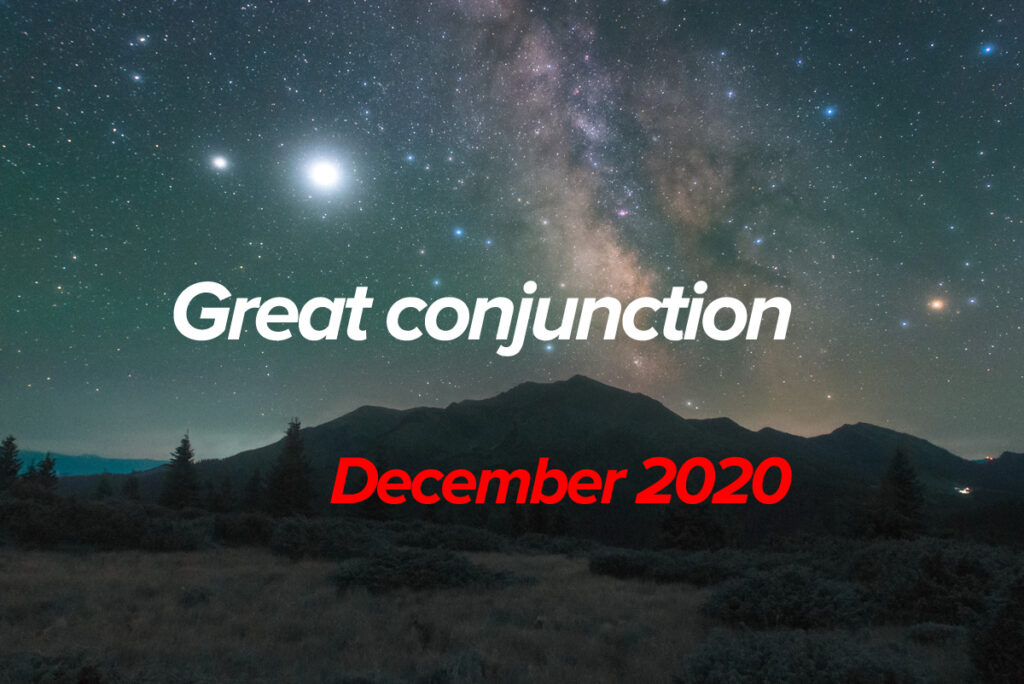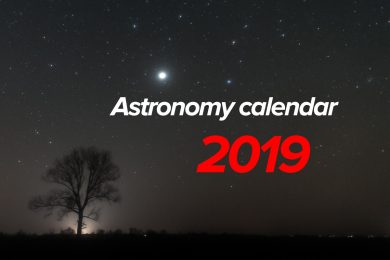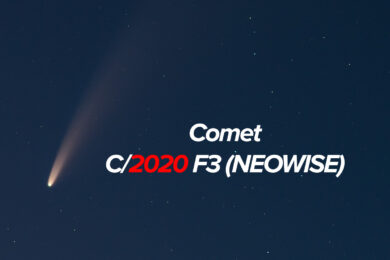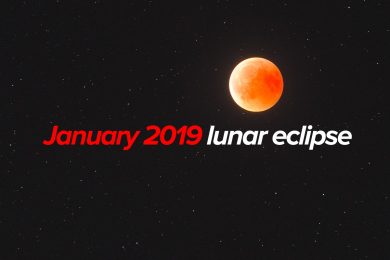Great conjunction of December 21, 2020
Conjunction is a visual convergence of celestial bodies, but it should be understood that this is only a projection for the terrestrial observer. In fact, along the line of view the planets are separated by a huge distance. Conjunction of Jupiter and Saturn is called the Great and this term applied only to the meeting of two giants. But for example the conjunction with Venus look much more spectacular.
The planet Jupiter takes 12 years to make a complete circle over celestial sphere, another 8 in order to “catch up” with Saturn. So the event is repeated every 20 years. Due to the inclinations of the orbits, the planets are diverged at different minimum distances each time and the exclusivity of this year’s conjunction is that it will be only 1/10 of an angular degree (less than a quarter of the apparent diameter of the Moon). The last such close conjunction was in 1623, but it was impossible to observe due to its proximity to the Sun, so we have a chance to catch a truly rare event.
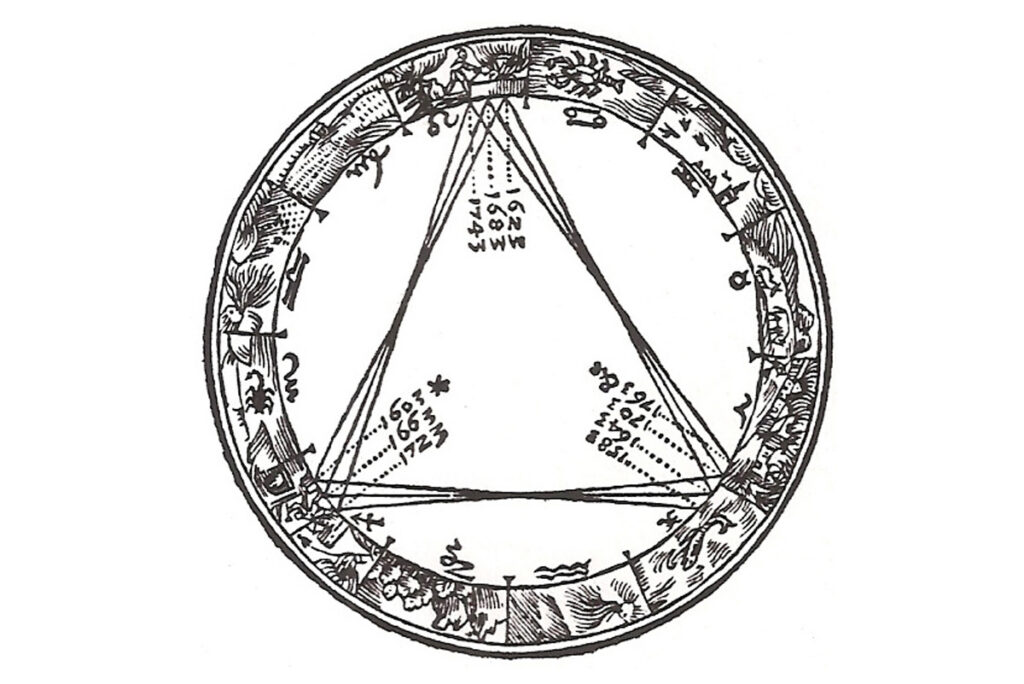
In 60 years, the Great Conjunctions are repeated three times in the ecliptic sections divided by 120 degrees with a small shift. So this imaginary triangle with vertices at the conjunction points gradually rotates in the zodiacal circle and returning to previous constellations about every 800 years. These periods were considered by astrologists as fundamental cycles in the development of history, and the dates of conjunctions became the prophets of great changes. Even nowadays impressionable people will definitely intertwine the “terrible” year 2020 with a number of rare astronomical phenomena, including the bright comet NEOWISE.
The fact that the planets came together before Christmas reminded many of a similar phenomenon in 6 BC. which could be described in the Bible as a guide to the Magi. In the media, this year’s Great Union has finally consolidated and successfully globalized the title of “Star of Bethlehem”.
But we are not interested in absurd superstitions. We are interested in practice. So, how to observe and photograph the connection. Look southwest in the evening, December 21st. The planets are bright enough to light up easily even in a polluted city sky. The main thing is to find a plot free of trees and buildings or just climb as high as possible. The horizon must be open. It will look like a bright double star in the twilight gradient, where the sun has recently set.
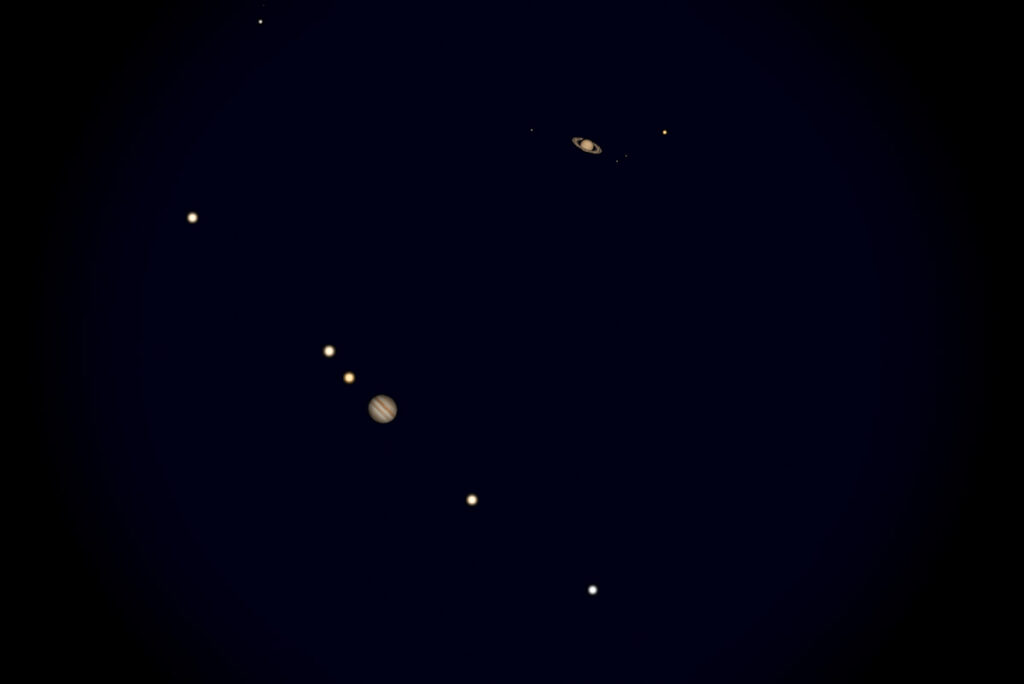
Owners of telescopes will have an unique opportunity to see both planets in their eyepieces. So, with sharp eyesight, the disk of Jupiter and the ring of Saturn can be distinguished even with ordinary binoculars.
Those who want to get a spectacular landscape will have to wait for the full night. Low above the horizon, you can have chance to capture a close-up shot with a telephoto. In this case satellites of Jupiter will be perfectly visible. A much easier way is to include elements of tall buildings or tree tops in the composition while the planets are still relatively high above the horizon.
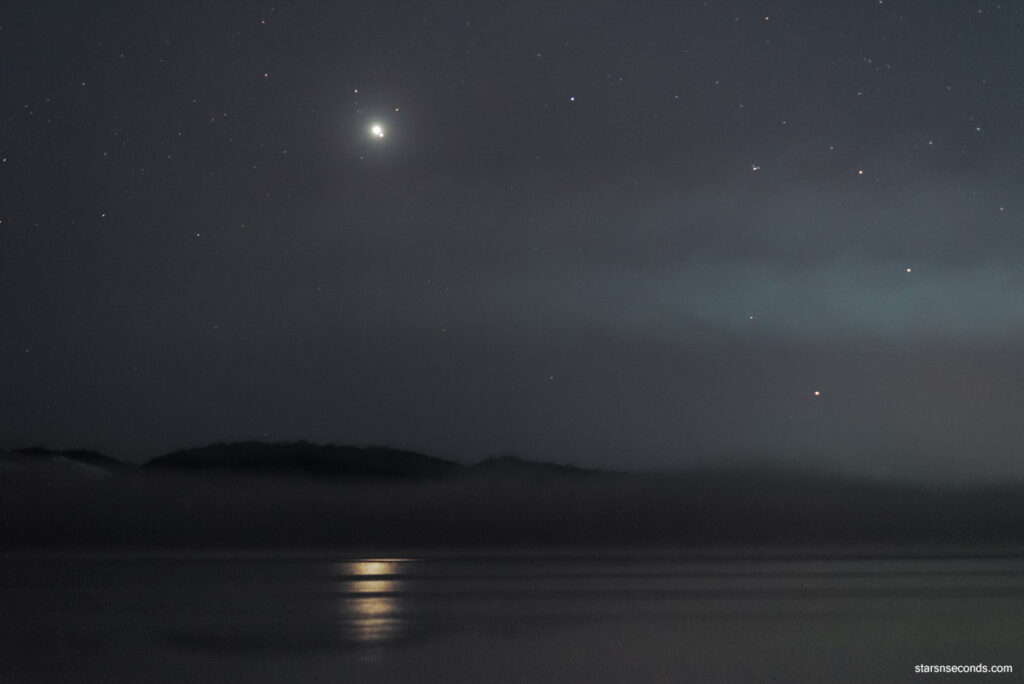
Describing this event, I can not draw a parallel with the conjunction of Saturn and Venus of January 9, 2016. These planets were separated by only 1/12 of an angular degree, and I could no longer distinguish by eyes Saturn in the blinding shine of Venus. Interesting, that rapid movement of the Venus made the event so hurried that in an hour the distance between planets doubled. I managed to find a short weather window in a beautiful area, where the light of the planets fabulously reflected on the surface of the lake. Honestly, these are some of the brightest memories in life, and a photo of that phenomenon is one of my favorites. I recommend everyone to monitor the weather and find the opportunity to go on a journey to observe the spectacle somewhere in beautiful place like the mountains.
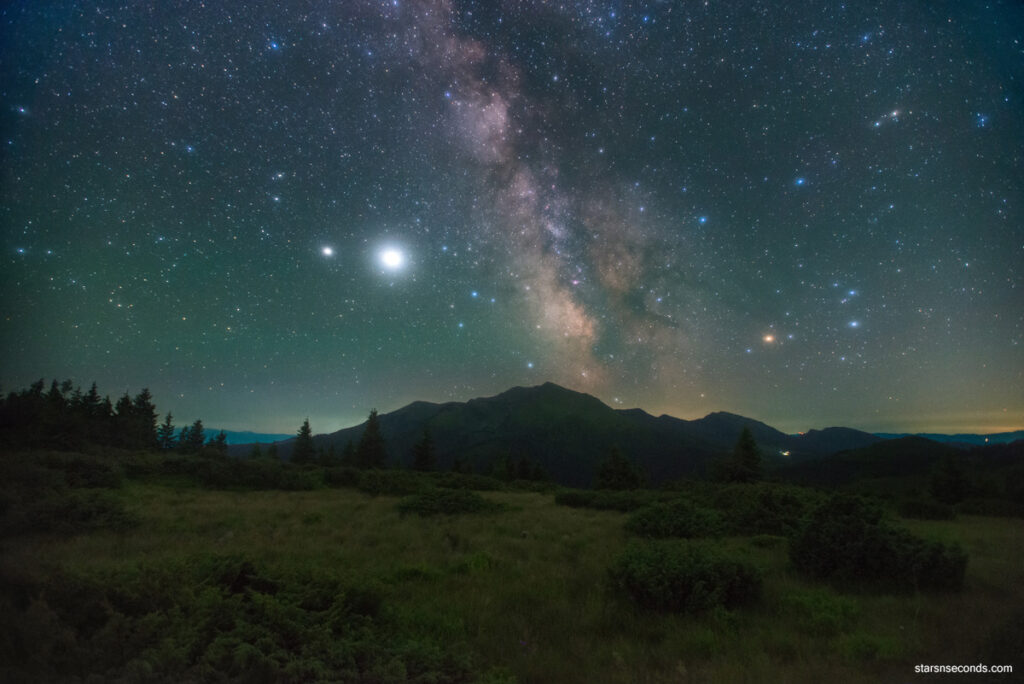
Interesting that December 21 will also be the shortest day of the year in the northern hemisphere. At this time, the weather is usually cloudy and it is better to calculate where the sky will clear up and not sit still waiting for a miracle. The effectiveness of my astronomical hunts grew by an order of magnitude as soon as I realized this simple truth. Of course, do not ignore the chance of observations a day or two before or after the date of conjunction, because these planets are moving too slowly and the configuration will look like a good double star for quite some time.
